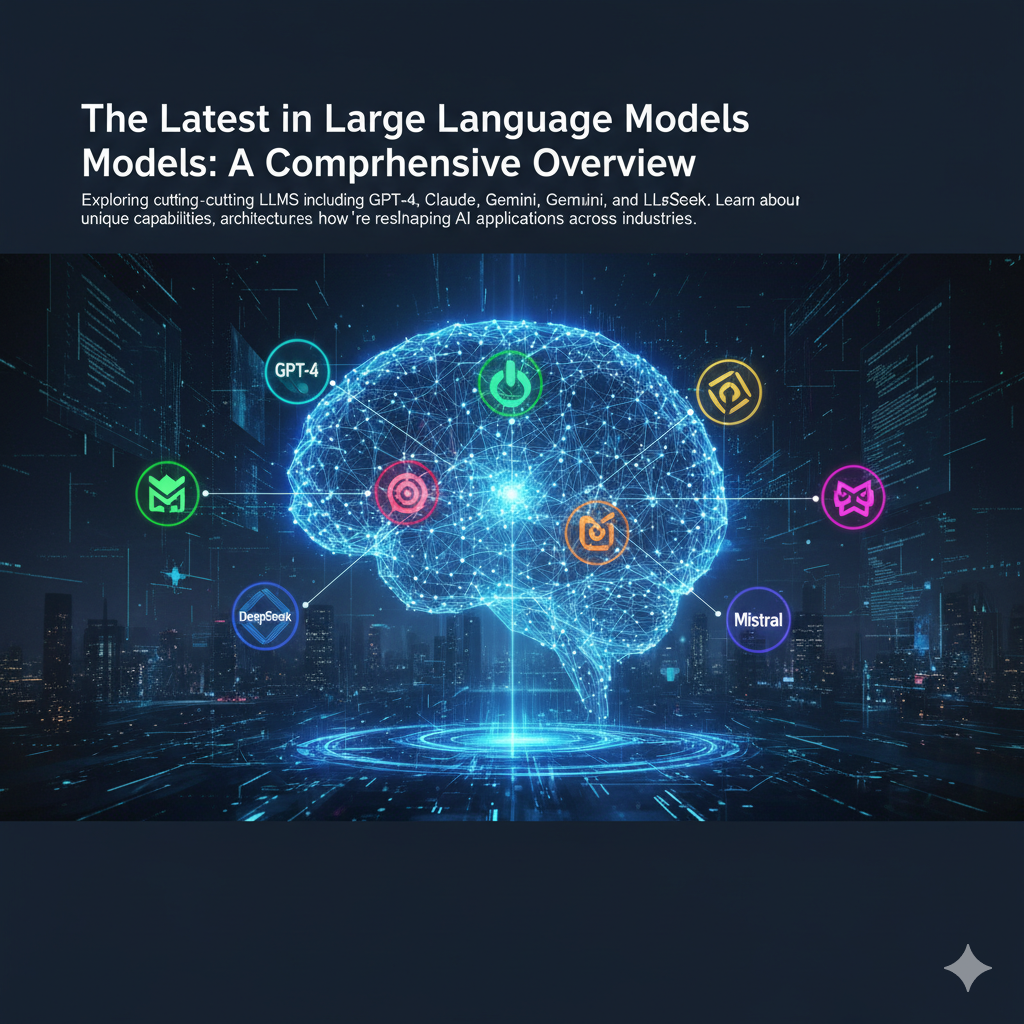Introduction
As AI models become more efficient, we're witnessing a paradigm shift toward edge computing. Discover how lightweight AI models are enabling real-time processing on mobile devices, IoT sensors, and embedded systems, revolutionizing everything from healthcare to smart cities.
Mathematical Reasoning in LLMs
Large Language Models have shown remarkable capabilities in mathematical reasoning, but their performance varies significantly across different levels of mathematical complexity.
Key Findings
LLMs excel at pattern recognition and step-by-step reasoning but struggle with novel mathematical concepts and proofs.
Performance Areas
- Undergraduate Level: Strong performance in calculus, linear algebra, statistics
- Graduate Level: Mixed results in advanced topics like topology, abstract algebra
- Proof Writing: Good at following established proof patterns
- Creative Problem Solving: Limited ability to generate novel approaches
Limitations and Challenges
While LLMs show promise in mathematical reasoning, several limitations prevent them from fully replacing human mathematicians.
Future Research Directions
Ongoing research aims to improve mathematical reasoning capabilities through specialized training and architectural innovations.

